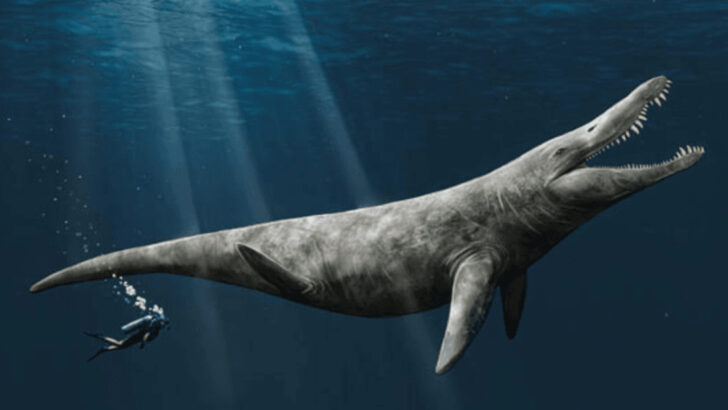Some fossils change what we thought we knew. This one rewrites the rules entirely.
Buried for millions of years, the remains of a colossal pliosaur have emerged—and they are nothing short of jaw-dropping. This wasn’t just any marine reptile. It was a super-predator, a nightmare of the ancient seas, with teeth designed to crush anything in its path.
Scientists are piecing together its secrets, and the discoveries keep getting wilder. Its size? Staggering. Its bite force? Bone-shattering. And some of the revelations? Almost too strange to believe.
Ready to dive into the mysteries of this prehistoric monster? Here are 14 unbelievable facts that make this pliosaur fossil one of the most extraordinary finds ever.
Size and Scale
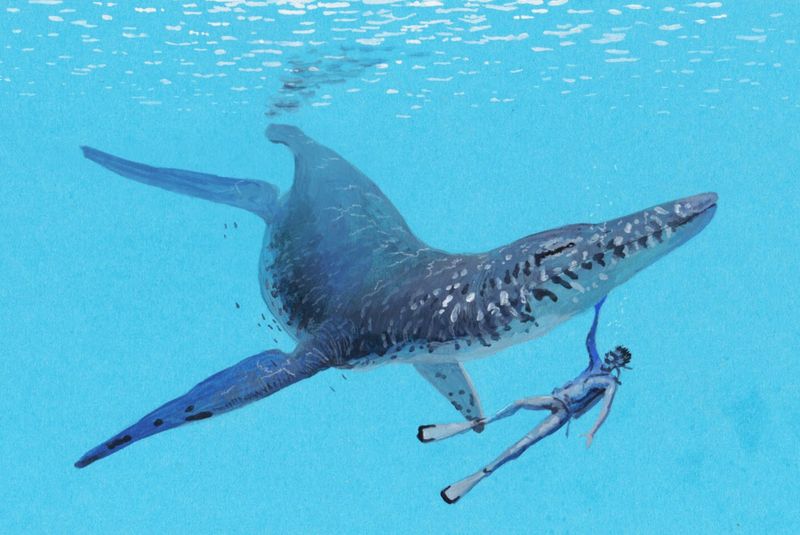
The sheer scale of this pliosaur fossil is breathtaking. Measuring over 30 feet in length, it provides a stunning testament to the immense size these creatures could achieve. Standing next to it, one can truly appreciate how these marine reptiles dominated the oceans millions of years ago. The immense jaws and flippers reveal a powerful predator well-adapted to its environment.
Dietary Insights
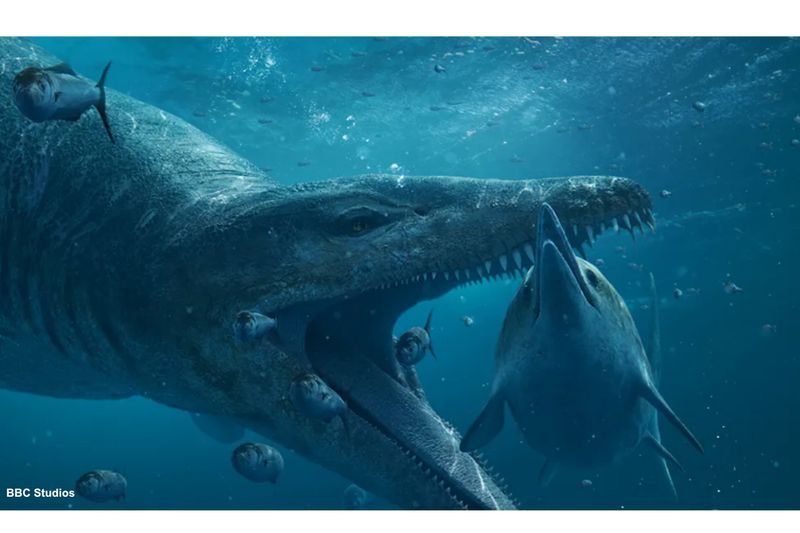
Inside this fossil’s ribcage, remnants of fish and smaller marine life were discovered. This intriguing finding offers profound insights into the pliosaur’s diet, confirming it as an apex predator. The presence of various species suggests a diverse diet, allowing it to thrive in different ecological niches. These dietary habits underscore its role in the ancient marine food web.
Bone Structure
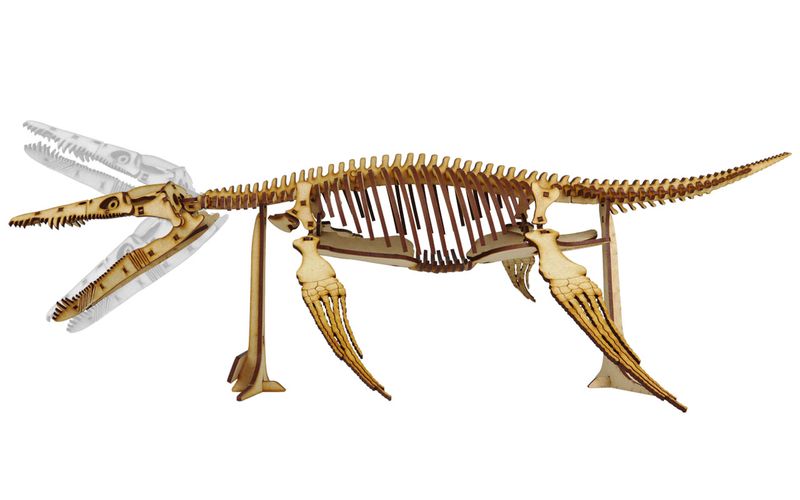
Detailed examination of the bone structure reveals fascinating details about the pliosaur’s life. The density and composition of these bones offer clues about growth patterns and age. Thicker bones suggest adaptations for deep diving, providing buoyancy control. Such adaptations may have been crucial for hunting and evading predators, showcasing their evolutionary sophistication.
Habitat Adaptations
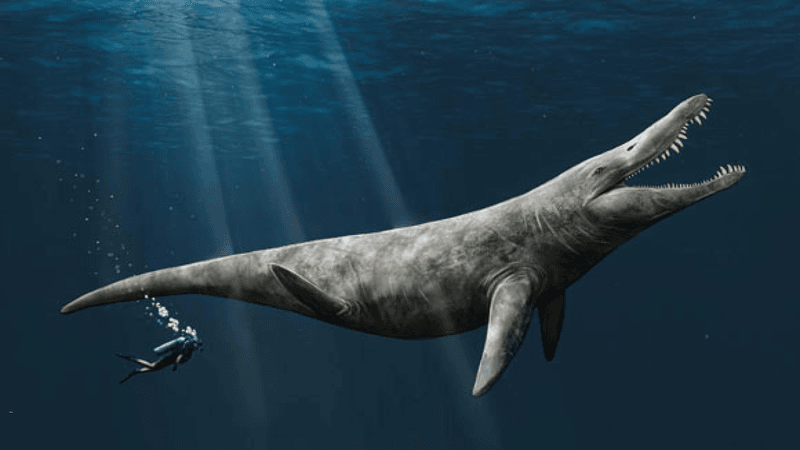
The fossil’s adaptations suggest a highly specialized life in diverse marine environments. Its flippers and streamlined body reflect adaptations for swift, agile movement through water. The presence of certain barnacle species on the fossil indicates dwelling in specific coastal areas. These insights paint a vivid picture of its habitat preferences.
Age and Era
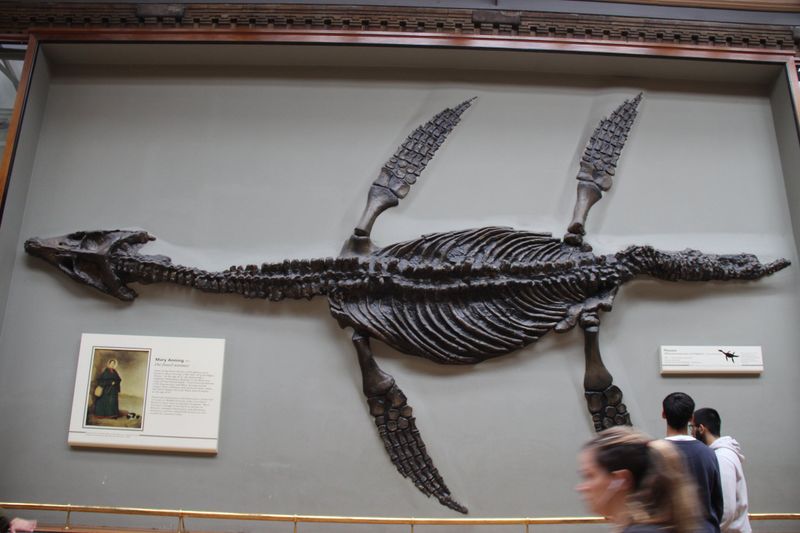
Dating techniques have pinpointed this fossil to around 150 million years ago, during the Late Jurassic period. This timeframe coincides with a rich diversity of marine life, offering context to the pliosaur’s existence. Understanding the era helps us comprehend the evolutionary pressures and ecological dynamics it faced, enriching our knowledge of ancient seas.
Predatory Behavior
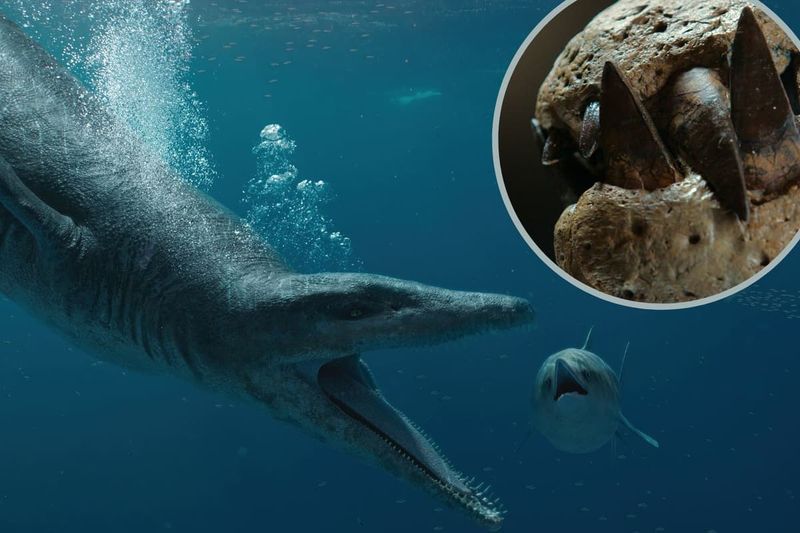
The fossil reveals telltale signs of aggressive predatory behavior. Teeth marks suggest encounters with other marine creatures, possibly including other pliosaurs. This evidence highlights their role as formidable hunters, using speed and power to capture prey. Such behaviors illustrate the competitive and perilous nature of their environment.
Preservation Quality
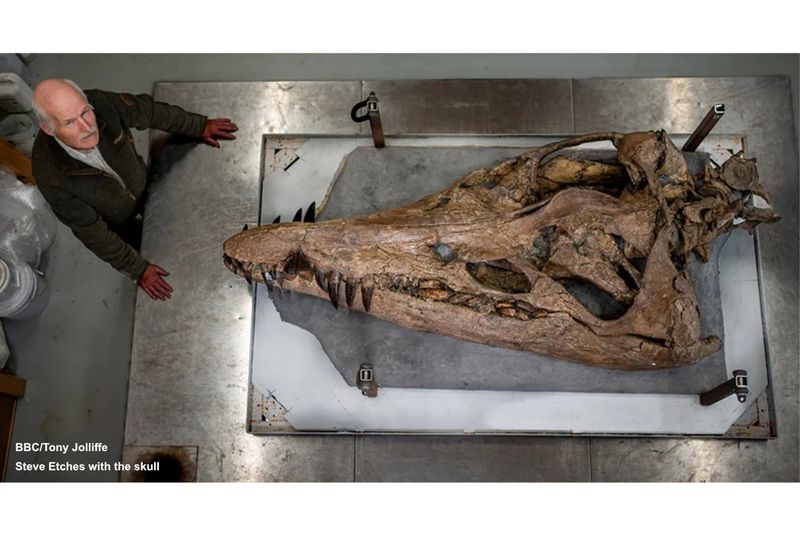
The state of preservation of this fossil is exceptional, allowing for detailed study. The well-preserved bones offer a rare glimpse into its anatomy, providing opportunities to understand muscle attachment sites and movement capabilities. Such preservation is a boon for paleontologists, affording insights not typically available in fossils of this age.
Evolutionary Significance
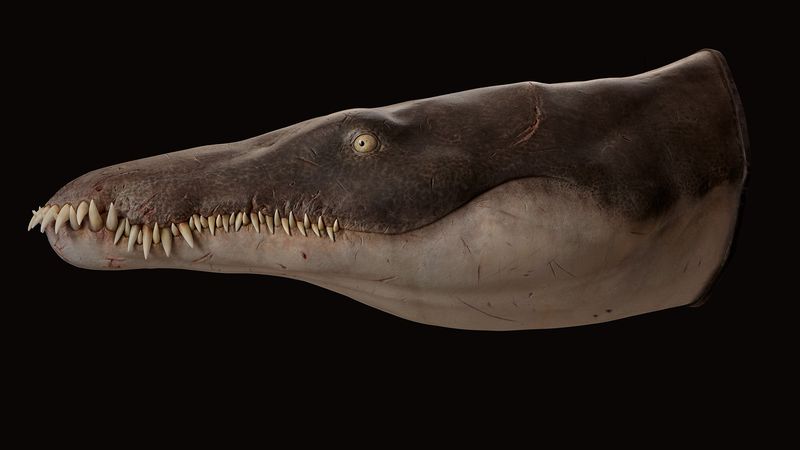
This fossil plays a crucial role in understanding the evolutionary lineage of marine reptiles. Its features bridge gaps between earlier and later forms, highlighting adaptations that led to survival and dominance. Studying these evolutionary traits enhances our comprehension of how marine reptiles adapted over millions of years to changing environments.
Paleontological Techniques
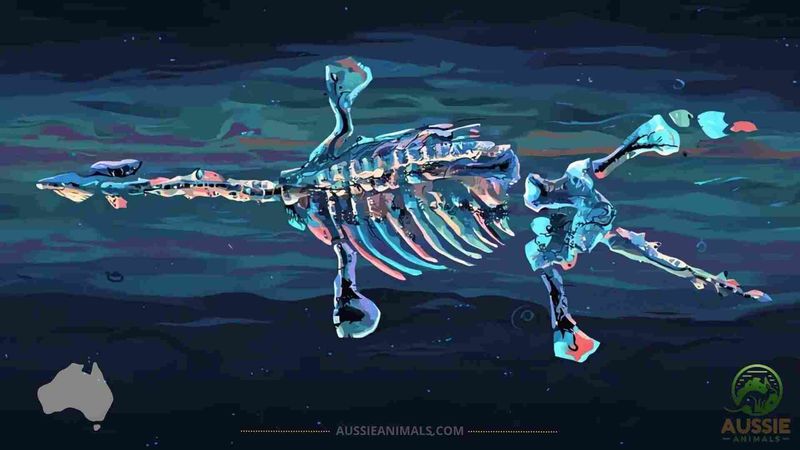
Advanced paleontological techniques have been crucial in studying this fossil. Imaging technologies like CT scanning have unveiled internal structures without damaging the fossil. These methodologies allow for non-invasive analyses, offering deeper insights into the fossil’s conditions and history. Such innovations mark a leap in how we study ancient life forms.
Behavioral Clues
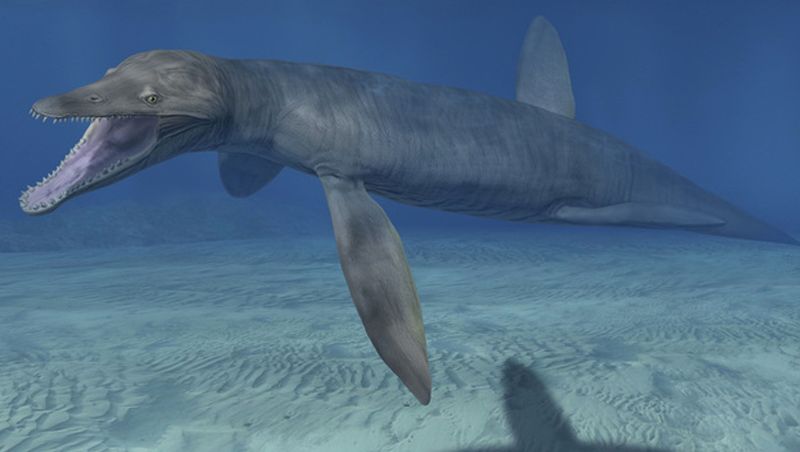
The fossil offers speculative clues about social behavior. Patterns in tooth wear and skeletal marks suggest possible interaction with others, perhaps in social or familial groups. These insights open discussions on whether pliosaurs exhibited complex social structures, similar to some modern marine animals, enhancing our understanding of their life dynamics.
Growth Patterns
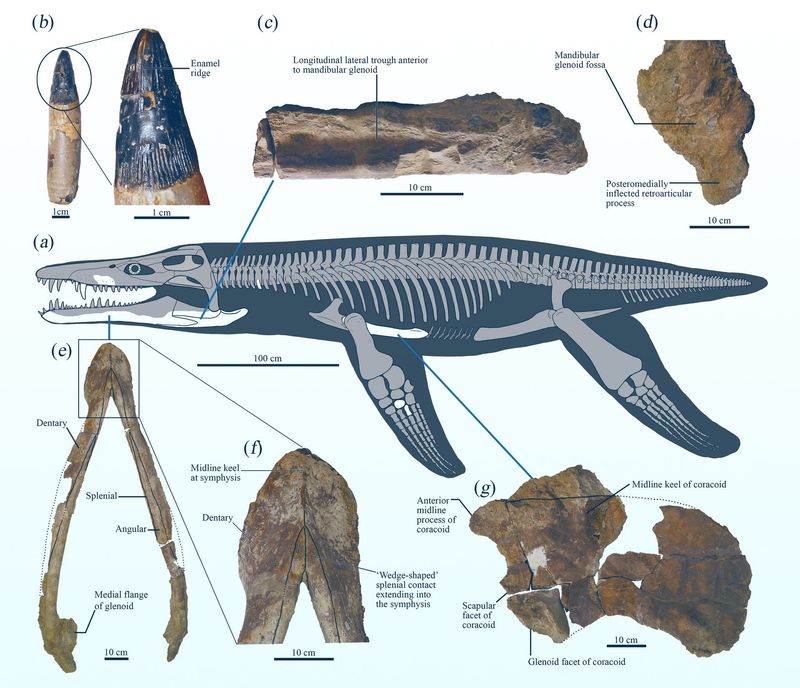
Examination of growth rings in the bones reveals information about the pliosaur’s growth patterns and life span. These rings, akin to those in trees, indicate periods of rapid growth possibly tied to abundant food supply or favorable conditions. Such data is invaluable in reconstructing life histories and understanding environmental impacts on development.
Environmental Context
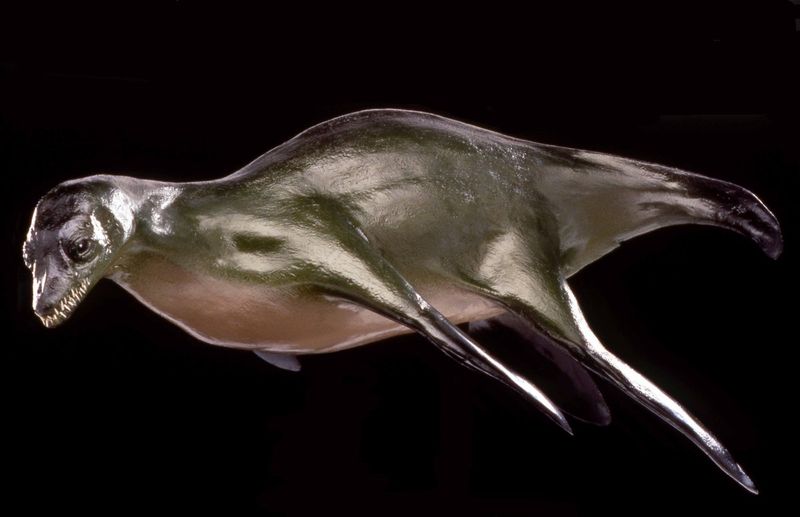
The pliosaur fossil provides insights into the environment it inhabited. Fossilized barnacles and sediment types suggest a dynamic ecosystem with rich biodiversity. Understanding this context helps reconstruct the ancient landscape and the ecological niches pliosaurs occupied, painting a comprehensive picture of the world they lived in.
Impact on Science
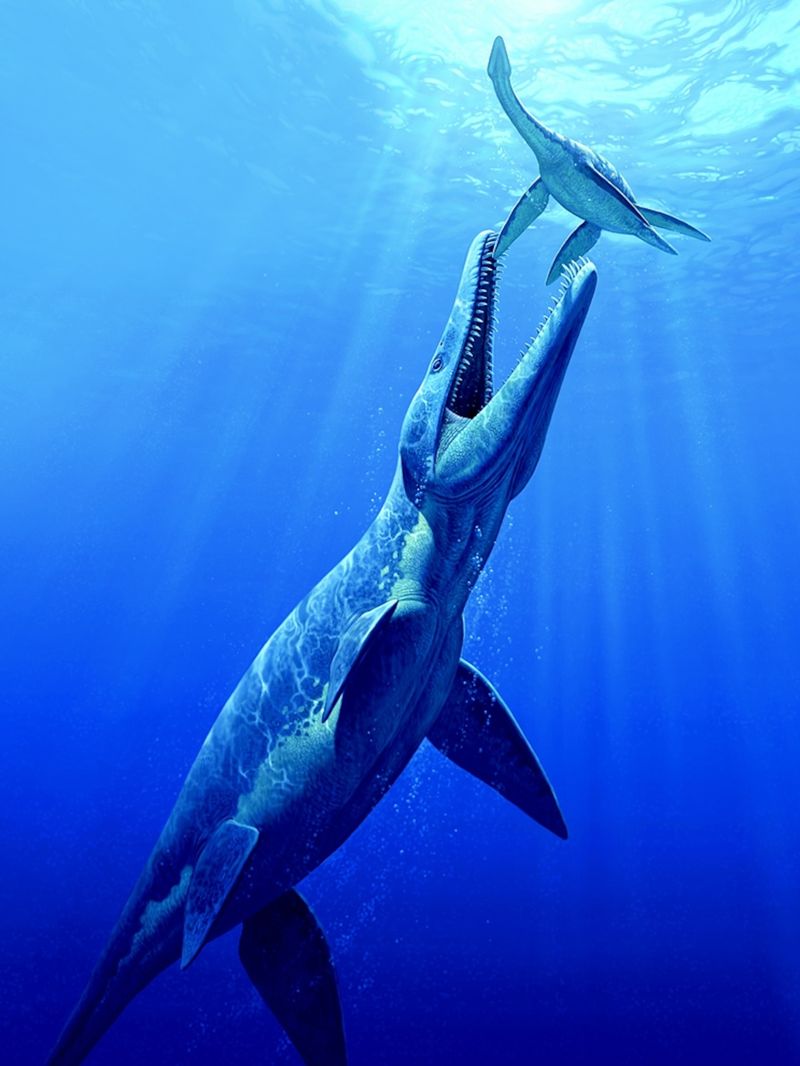
The discovery of this fossil has significantly impacted scientific discussions, offering fresh perspectives on marine reptile evolution. It has sparked debates and research, leading to new hypotheses and theories. The fossil’s contributions extend beyond paleontology, influencing fields such as evolutionary biology and ecology, showcasing the interconnectedness of scientific disciplines.
Public Fascination
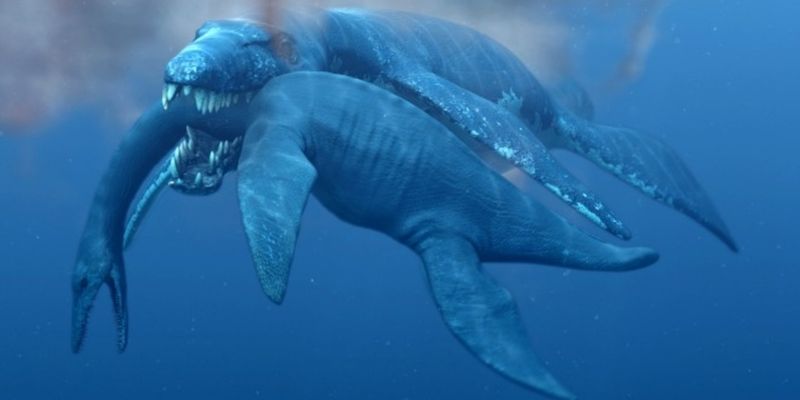
This fossil has captured the imagination of the public, drawing attention to the wonders of ancient marine life. Exhibited in museums, it educates and inspires curiosity about the prehistoric world. Such public engagement highlights the importance of paleontology in connecting people with Earth’s history, sparking interest in science and conservation.

